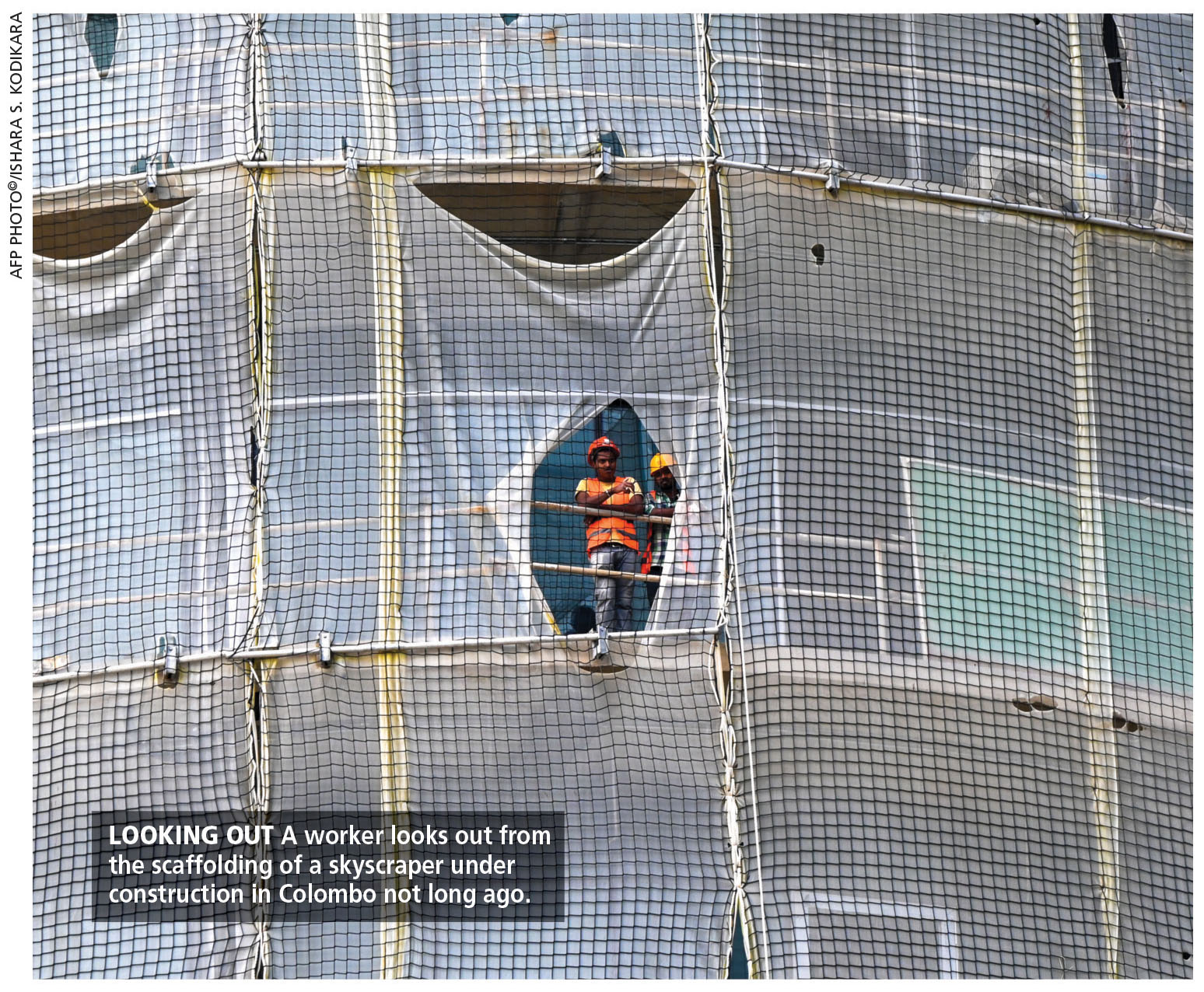GEN Z PERSPECTIVES

HIGH HOPES FOR THE NEW YEAR?
Dona Senara discusses Sri Lanka’s possible economic and social scenarios
Last year was an economically devastating one for Sri Lanka. Though 2022 began with hope and optimism in terms of reviving the country in the aftermath of the overwhelming pandemic, things turned out to be very different…
A balance of payments crisis that led to the year’s economic carnage was exacerbated by sky-high debt, COVID-19, the war in Ukraine, interest rate hikes by central banks and political mismanagement.
This inevitably engulfed our island nation in social unrest triggered by shortages of essential goods, endless queues and extensive blackouts.
Nevertheless, despite all the tribulations, the year ended on a slightly more positive note especially with increasing tourist arrivals and slowing inflation rates. This has raised the discussion of whether Sri Lanka can achieve a healthy recovery economically and socially in 2023.
It’s undoubtedly challenging to achieve a complete recovery in a mere 12 months. Therefore, while 2023 may not be the year for Sri Lankans to celebrate their nation’s restoration, it should be one during which they work towards achieving national stability and creating sustainable opportunities for the future.
Sri Lanka’s economy is expected to register a contraction of 9.2 percent for 2022; and it is expected to further contract by 4.2 percent this year. The consequence, according to analysts, is that the island will have lost nearly a decade of growth by the time it overcomes the economic downturn.
Moreover, Sri Lanka was downgraded in 2020 to the status of a ‘lower middle income nation,’ after being deemed as an ‘upper middle income’ country in 2019.
It is necessary to understand that the island’s instability revolves around inconsistency. To be downgraded in a year reflects the importance of establishing strong and realistic strategic goals if Sri Lanka wants to uplift itself in 2023.
Last year, Sri Lanka and the IMF reached a staff level agreement for the release of US$ 2.9 billion over four years through an Extended Fund Facility (EFF). However, the IMF bailout is still to materialise since the debt restructuring process with the island’s creditors has not been completed as yet.
The Sri Lankan government expects to secure the IMF’s assistance in the first quarter of this year. It’s been reported that India and Sri Lanka have held successful talks on debt restructuring, and discussions with China are reportedly on the cards.
Sri Lanka will also need to keep a close watch on the multiple crises swamping the international arena at this time. The recession that’s hitting much of the world and Russia’s invasion of Ukraine, which continues to damage the global economy, are two examples of the issues the world is enduring.
Managing Director of the IMF Kristalina Georgieva has declared 2023 as a tough year when one-third of the world’s economies are expected to be in recession. The US, the EU and China are already seeing slower growth.
This year will mark the start of Sri Lanka’s push to increase state coffers by hiking tax and interest rates. Since many citizens are displeased with the new taxation regime, the government must make sure that it displays fruitful efforts and gains efficient results in resurrecting the nation’s financial breakdown.
In recent months, Sri Lanka has witnessed efforts by its people and the government to help the country recover through various means such as promoting tourism, state sector downsizing, an IMF-led restructure, and boosting food security through agriculture and domestic farming.
The 2022 crisis will continue to hurt for some time; but with the right mindset, Sri Lanka can use 2023 as a stepping stone out of the mire.






Leave a comment